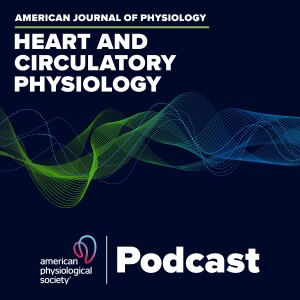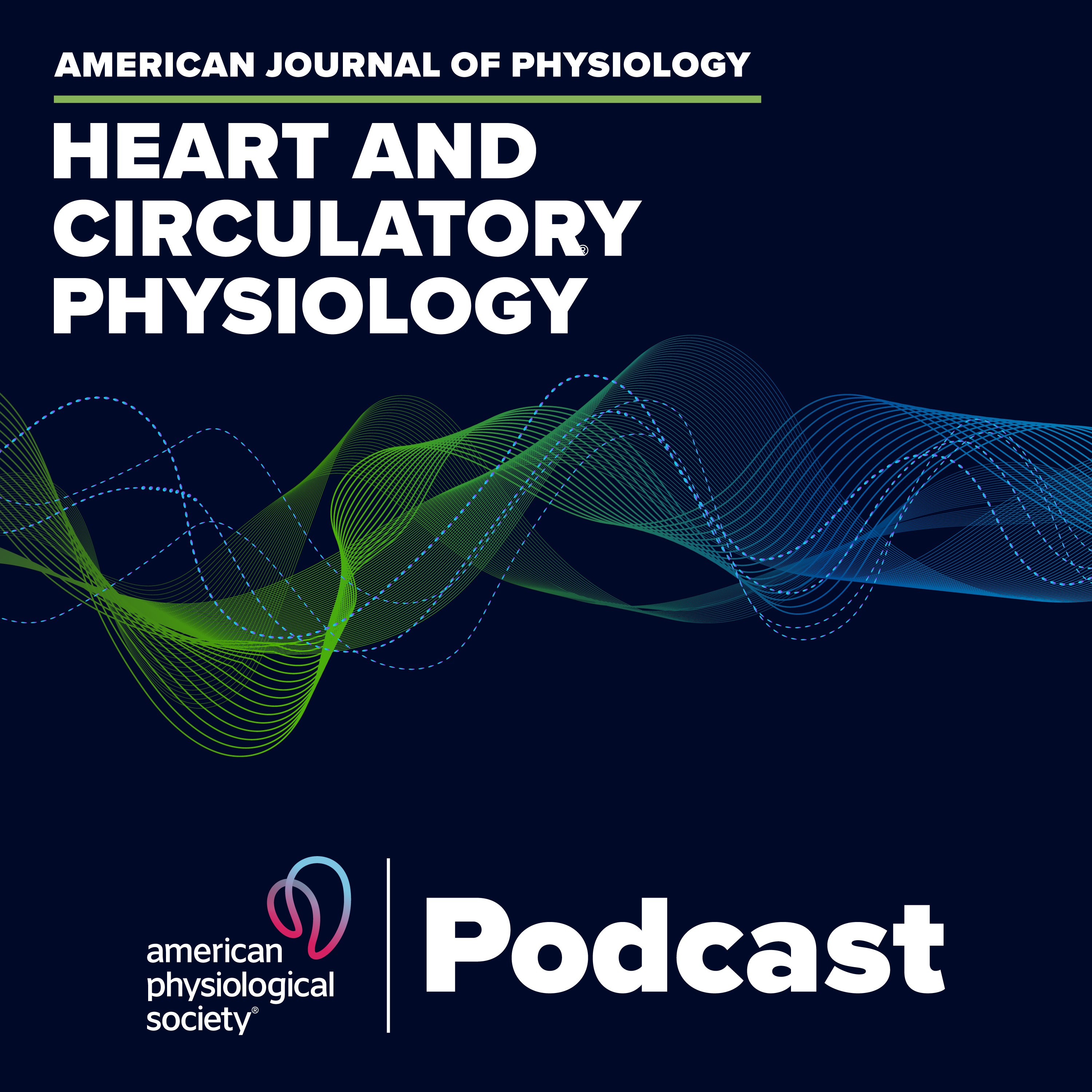Episodes

Tuesday Nov 29, 2016
Role of FOXO3a in Heart Failure
Tuesday Nov 29, 2016
Tuesday Nov 29, 2016
Does the transcription factor FOXO3a regulate BNIP3 gene expression in the heart? In this podcast, Associate Editor Ajay Shah (King’s College London) interviews lead author Antoine Chaanine (Mayo Clinic) and content expert Christoph Maack (Universitatsklinikum des Saarlandes) about the new work by Chaanine and co-authors exploring whether FOXO3a plays a role in mitochondrial dysfunction and myocardial remodeling via BNIP3. Looking at both myocytes and in vivo responses, the authors focus on the microdomain between the sarcoplasmic reticulum and the mitochondria, as well as the intricate balance of SR calcium release and mitochondrial calcium uptake. Is the FOXO3a-BNIP3 pathway involved in diastolic dysfunction in heart failure, or is the primary effect on adverse myocardial remodeling which in turn affects end-diastolic function? Listen to find out.
Antoine Heni Chaanine, Erik Kohlbrenner, Scott I. Gamb, Adam J. Guenzel, Katherine A. Klaus, Ahmed U. Fayyaz, K Sreekumaran Nair, Roger J. Hajjar, Margaret M. Redfield FOXO3a Regulates BNIP3 and Modulates Mitochondrial Calcium, Dynamics and Function in Cardiac Stress Am J Physiol Heart Circ Physiol, published September 30, 2016. DOI: 10.1152/ajpheart.00549.2016

Monday Nov 14, 2016
Heart Rate Modeling
Monday Nov 14, 2016
Monday Nov 14, 2016
Can increasing heart rate in patients with heart failure with preserved ejection fraction (HFpEF) improve outcomes? Yes, according to the new study by Klein et al. In this podcast Associate Editor Fabio Recchia (Temple University Lewis Katz School of Medicine, and Scuola Superiore Sant'Anna, Pisa, Italy) interviews lead author Markus Meyer (University of Vermont College of Medicine) and content expert Jonathan Kirk (Loyola University Chicago) about the work by Meyer and co-authors, which challenges the “canonical thought” of heart pacing in HFpEF patients. Using a large animal model of HFpEF, and taking key inspiration from a unique bedside-to-bench experience, Meyer and colleagues found that two weeks of cardiac pacing at a fixed rate 30 beats per minute above spontaneous heart rate in pigs resulted in slightly increased heart chamber volumes, but reduced left ventricular wall thickness, decreased myocardial fibrosis, and improved diastolic compliance. Does this approach improve left ventricular response to stress? Listen and learn.
Franziska J. Klein, Stephen Bell, K. Elisabeth Runte, Robert Lobel, Takamuru Ashikaga, Lilach O. Lerman, Martin M. LeWinter, Markus Meyer Heart rate-induced modifications of concentric left ventricular hypertrophy: exploration of a novel therapeutic concept Am J Physiol Heart Circ Physiol, published October 1, 2016. DOI: 10.1152/ajpheart.00301.2016

Tuesday Nov 01, 2016
TNF and Cardiac Stem Cell Differentiation
Tuesday Nov 01, 2016
Tuesday Nov 01, 2016
Why is the post- myocardial infarction micro environment of the heart so hostile for cardiac stem cells? In this podcast, Deputy Editor Merry Lindsey (University of Mississippi Medical Center) interviews lead author Sumanth Prabhu (University of Alabama at Birmingham) and content expert Richard Gumina (Vanderbilt University) about the work by Hamid et al, which determined that tumor necrosis factor (TNF) signaling inhibits endogenous cardiac stem cell repair and blunts stem cell treatment efficacy in human heart failure. What relationship did Prabhu and co-authors uncover between TNF-alpha and adrenergic activation? How did the authors manage the biological variability of primary stem cell isolates in their technically nuanced study? Finally, if “timing is everything” holds true, does this study provide a clinical translation roadmap for timing TNF receptor blockade post-MI? Listen to learn more.
Tariq Hamid, Yuanyuan Xu, Mohamed Ameen Ismahil, Qianhong Li, Steven P. Jones, Aruni Bhatnagar, Roberto Bolli, Sumanth D. Prabhu TNF receptor signaling inhibits cardiomyogenic differentiation of cardiac stem cells and promotes a neuroadrenergic-like fate Am J Physiol Heart Circ Physiol, published November 1, 2016. DOI: 10.1152/ajpheart.00904.2015

